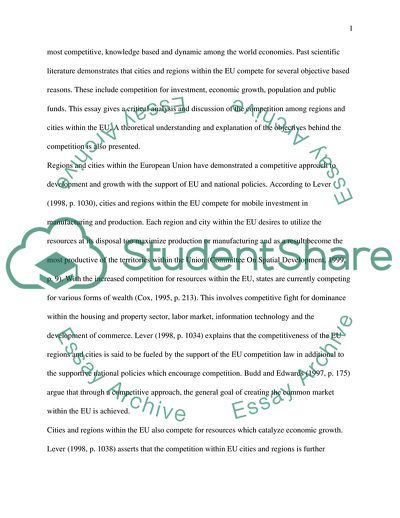Cite this document
(Competition and Cooperation of Cities Essay Example | Topics and Well Written Essays - 2250 words, n.d.)
Competition and Cooperation of Cities Essay Example | Topics and Well Written Essays - 2250 words. https://studentshare.org/macro-microeconomics/1780483-competition-and-cooperation-of-cities
Competition and Cooperation of Cities Essay Example | Topics and Well Written Essays - 2250 words. https://studentshare.org/macro-microeconomics/1780483-competition-and-cooperation-of-cities
(Competition and Cooperation of Cities Essay Example | Topics and Well Written Essays - 2250 Words)
Competition and Cooperation of Cities Essay Example | Topics and Well Written Essays - 2250 Words. https://studentshare.org/macro-microeconomics/1780483-competition-and-cooperation-of-cities.
Competition and Cooperation of Cities Essay Example | Topics and Well Written Essays - 2250 Words. https://studentshare.org/macro-microeconomics/1780483-competition-and-cooperation-of-cities.
“Competition and Cooperation of Cities Essay Example | Topics and Well Written Essays - 2250 Words”. https://studentshare.org/macro-microeconomics/1780483-competition-and-cooperation-of-cities.


